In a quiet but seismic shift to its frontline operations, the Scottish SPCA has announced it will no longer attend incidents involving injured small birds and mammals. The move has sparked alarm among staff and animal welfare professionals, who were given no prior notice of the change, which was implemented with immediate effect today.
Under the new policy, members of the public are now being asked to seek treatment for injured wildlife themselves by taking animals to a local vet—provided the animal is of a type and size considered easy to handle, such as garden birds and small mammals. This marks a dramatic departure from long-standing Scottish SPCA protocol, under which the Society’s Animal Rescue Officers would attend any report of a contained, injured small wild animal, providing treatment or euthanasia where required.
Staff say they were blindsided by the decision, which appears to stem from a wider operational change: frontline officers are no longer authorised to euthanise suffering animals via injection. Instead, euthanasia must now be carried out by a private veterinary professional or, in the case of large mammals such as deer, by a colleague trained in the use of a captive bolt gun. Where this isn’t immediately possible, animals will need to wait for a trained officer to attend or be transported—often across significant rural distances—for euthanasia. Not all staff are trained or licensed to use captive bolt equipment, and access to veterinary services in remote parts of Scotland can be patchy.
An open letter to senior management is understood to be in preparation by concerned staff and has reportedly been signed by union representatives, highlighting potential welfare concerns and the lack of clarity surrounding the sudden shift.
Among the key concerns raised is the risk posed by asking untrained individuals to handle injured animals, which can lead to further injury and increases the chance of zoonotic disease transmission. In many cases, animals may suffer prolonged pain as members of the public struggle to source help. Without direct support from the Scottish SPCA, some may attempt DIY rehabilitation or delay seeking veterinary attention—particularly if they believe euthanasia is the only likely outcome—resulting in even greater suffering.
While veterinary practices are legally required to provide emergency treatment to wildlife, many remain hesitant or simply refuse to do so, citing workload pressures, disease concerns, lack of wildlife experience, and the financial burden of providing care.
A significant proportion of calls to the charity’s Animal Helpline involve injured garden birds and small mammals such as hedgehogs and bats—categories now excluded from attendance unless there are extenuating circumstances that mean the finder is not able to seek help themselves. Often, wildlife casualties are beyond rehabilitation, having been struck by vehicles, collided with infrastructure, or been preyed upon by household pets and other wild animals. In these instances, euthanasia is generally considered the kindest option to prevent the animal suffering the pain and indignity of a slow death.
It is commonly assumed that only vets can carry out euthanasia; however, this is not the case. In April 2024, the Royal College of Veterinary Surgeons’ (RCVS) Standards Committee considered two questions relating to the euthanasia of wildlife via controlled drugs, posed by representatives from the wildlife veterinary sector. In response, it confirmed that euthanasia itself is not, in law, considered an act of veterinary surgery—meaning it can be performed by non-veterinarians, provided it is done competently and humanely. However, as most injections used for euthanasia, such as pentobarbital, are classed as controlled drugs, they are strictly regulated under the Veterinary Medicines Regulations and can only be prescribed by qualified vets. The Committee acknowledged that, in exceptional circumstances, vets could lawfully prescribe controlled drugs for use by ‘laypeople’ (those who aren’t vets) remotely—via telephone, video chat, or instant messaging—where appropriate. This means that, while wildlife rescue organisations such as the Scottish SPCA may lawfully carry out humane euthanasia in emergency situations using non-drug methods, they are not permitted to use lethal injection without first seeking a prescription from a vet—a shift that appears to underpin the charity’s recent change in wildlife response policy.
As the open letter gathers signatures, what remains to be seen is how this quiet but far-reaching shift will affect the animals at the heart of the Scottish SPCA’s mission. In the absence of rapid, expert intervention by its skilled and experienced Inspectors and Animal Rescue Officers, many injured wild creatures may now face longer suffering, slower deaths, or no help at all. As legal responsibilities tighten and frontline staff brace for the wave of public confusion, the question is no longer just how or why this change happened—but how the veterinary profession will step up to fulfil its obligation to provide emergency medical treatment for wild animals.
Our articles are free because we want as many people as possible to think about animal welfare. You can support our mission to provide sanctuary to more animals and tell more of their stories by visiting our store, sending a gift or sharing our articles on social media
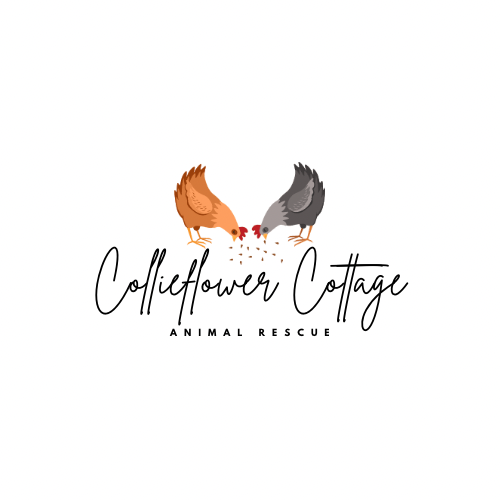

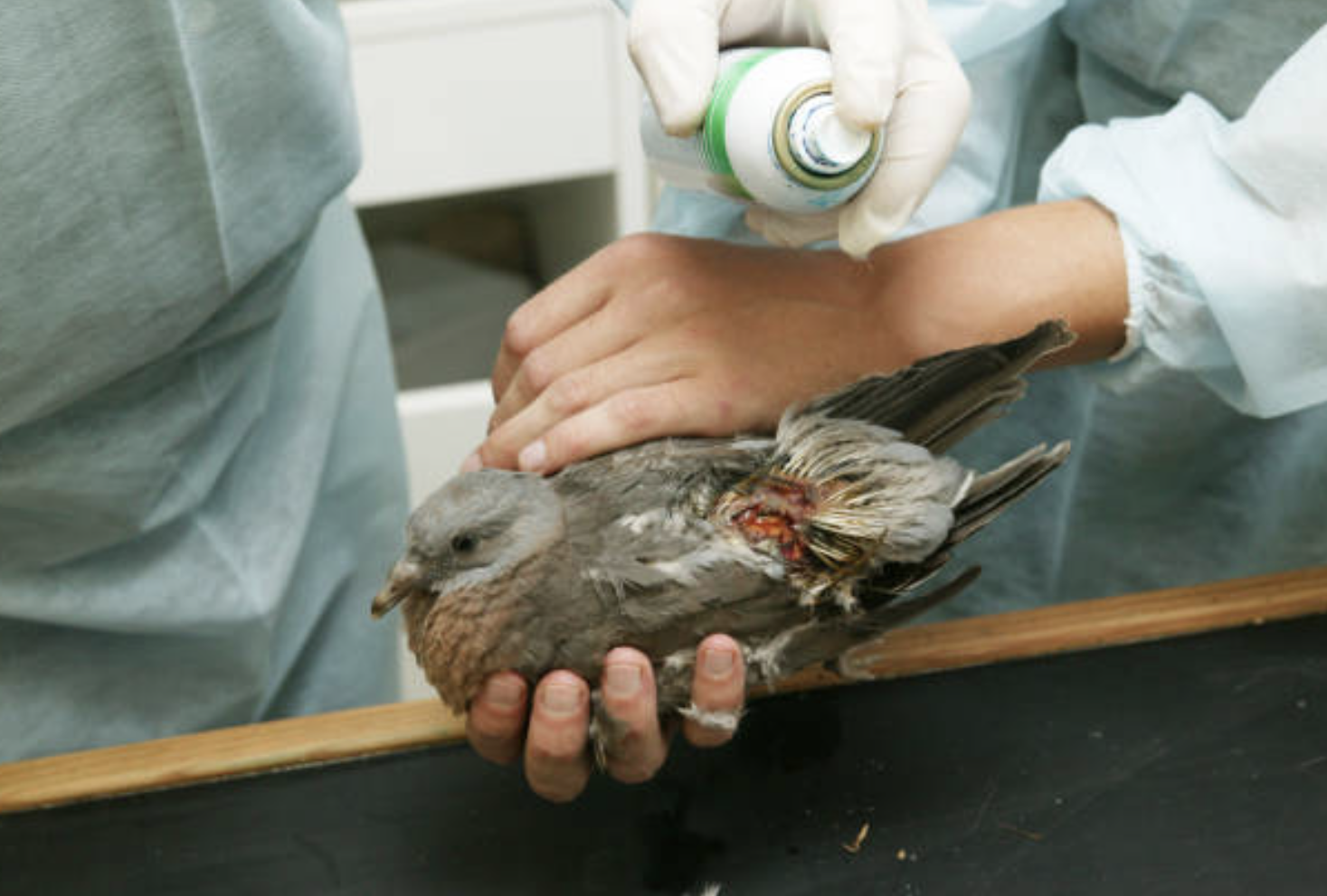
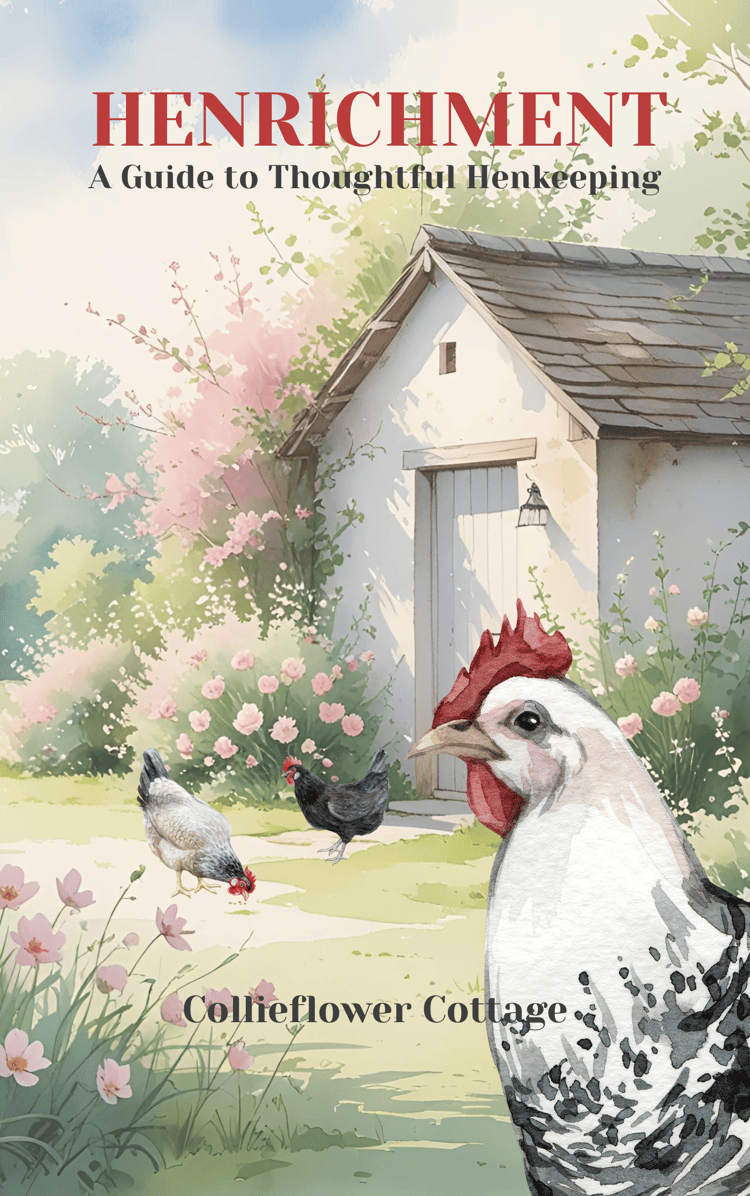
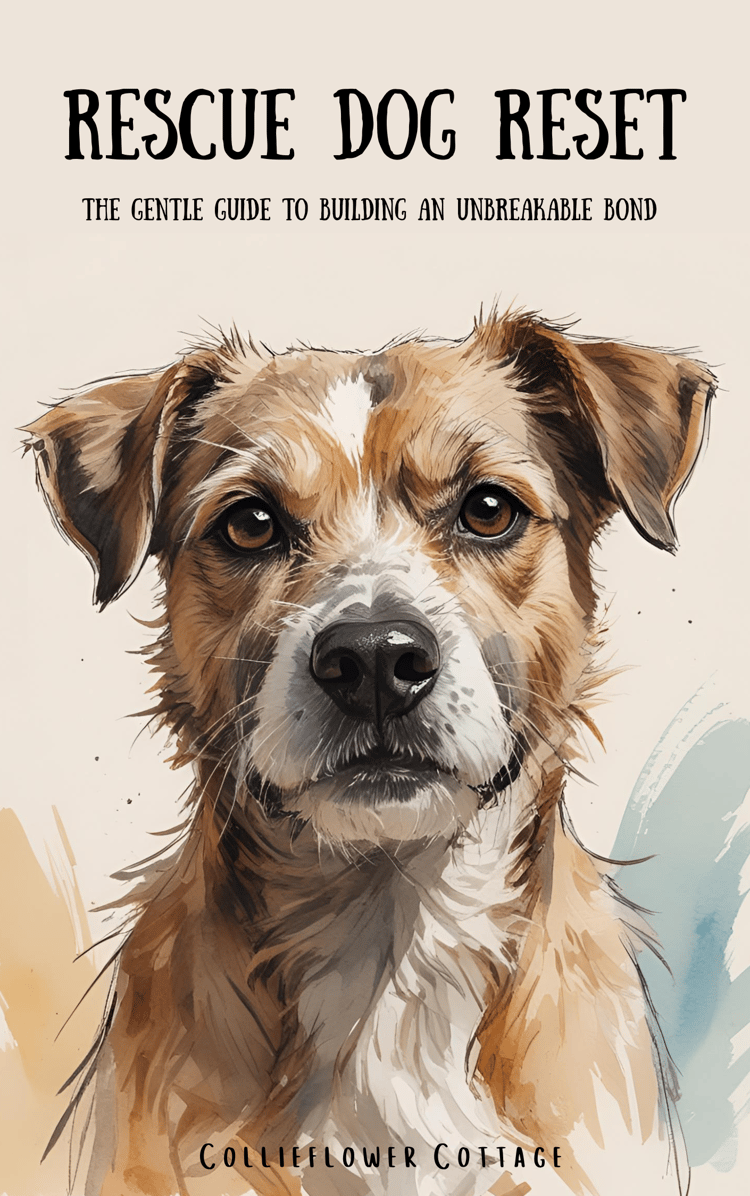
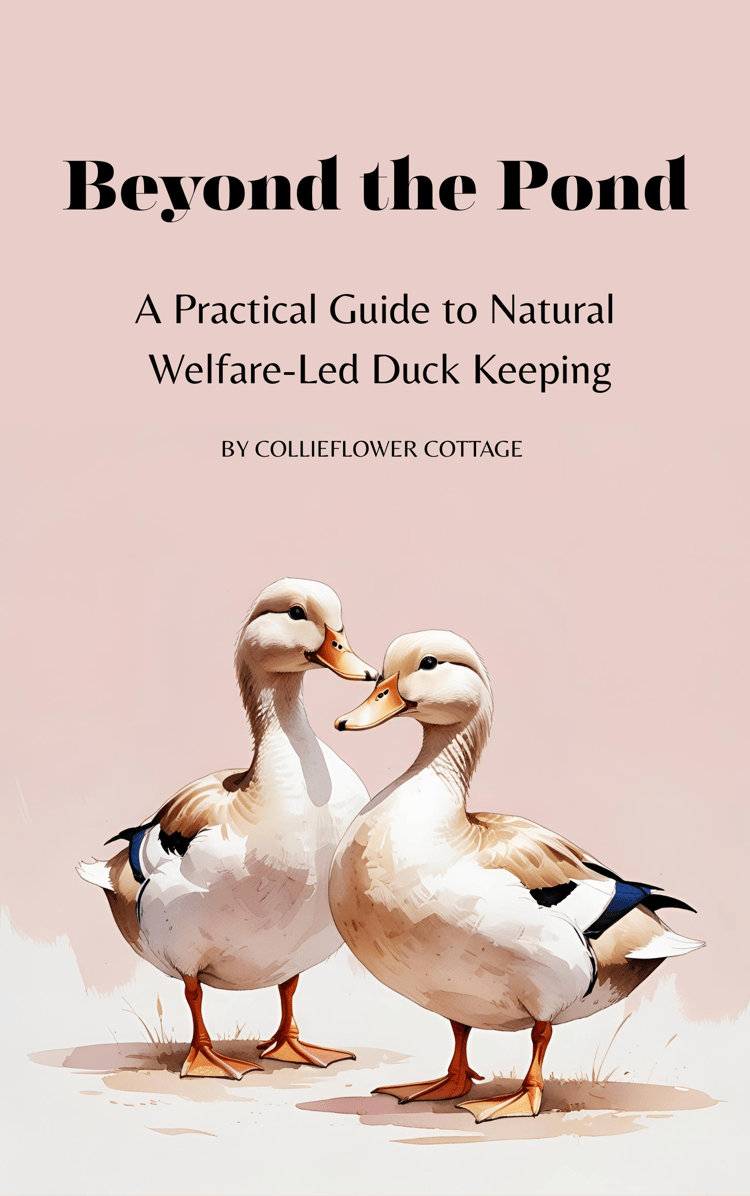
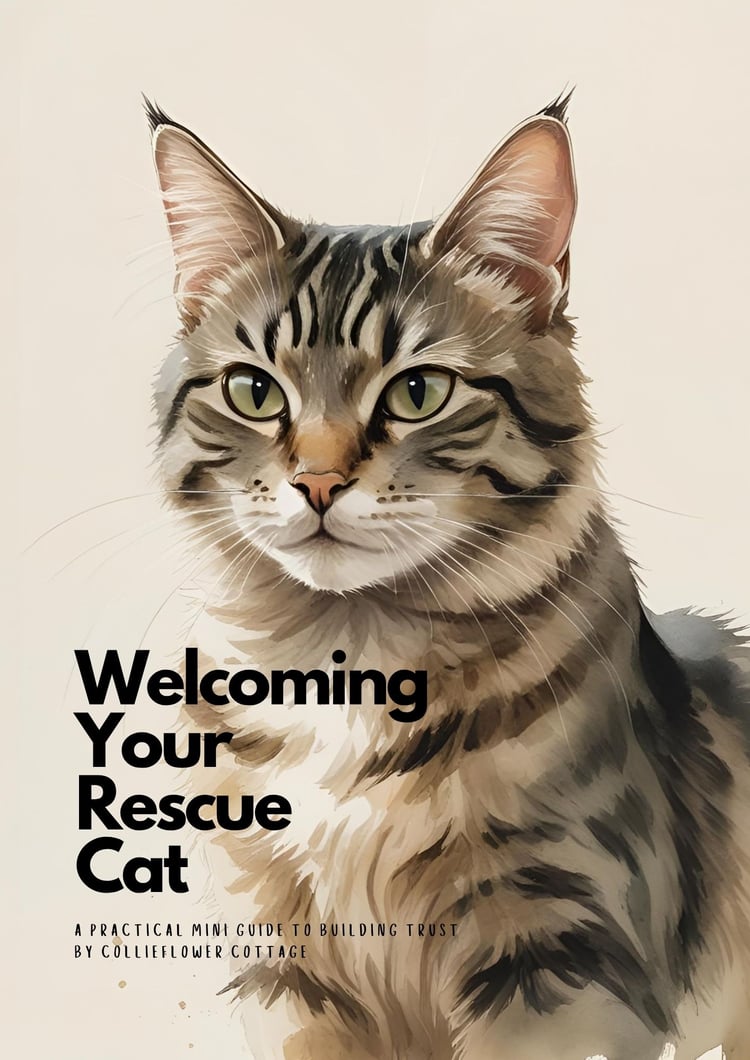

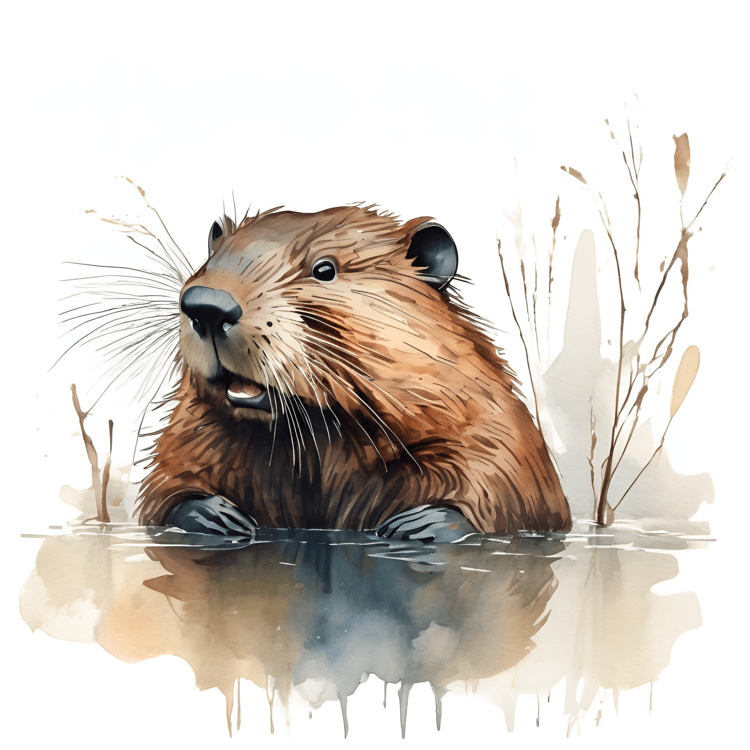
Comments ()